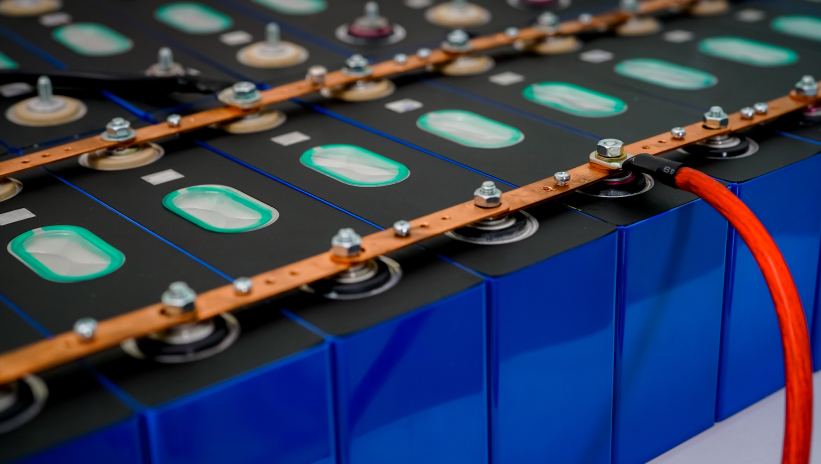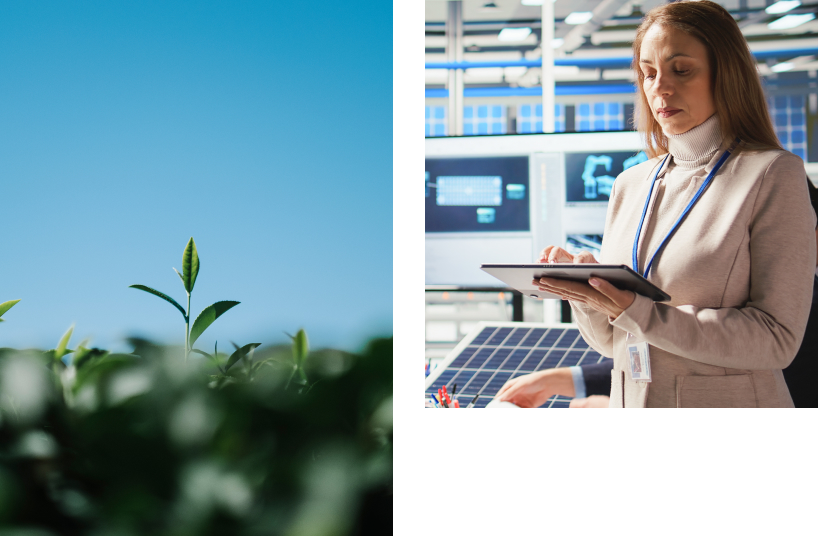Batteries and Energy Storage: Their Role in Modern Generating Sets

In environments where energy continuity is critical, generating sets remain a guarantee of safety and reliability. In addition, their integration with Battery Energy Storage Systems (BESS) opens up new possibilities that enhance performance and sustainability.
The combination of reliable generation and intelligent storage is already a key trend for the future of distributed energy.
Far from replacing generators, BESS act as strategic allies: they make it possible to store energy produced by the genset itself or from renewable sources, reduce fuel consumption, and optimise power supply management. In this way, generating sets are evolving into hybrid solutions that are cleaner, more efficient, and aligned with Europe’s energy transition objectives.
How BESS Work When Applied to Generating Sets
BESS allow the energy generated — whether from a diesel genset, a gas unit, or a renewable source — to be stored in batteries for later use. This system acts as an energy buffer, avoiding unnecessary start-ups and reducing fuel consumption during demand peaks.

Battery Technologies for Energy Storage
At present, three main options stand out:
- Lithium-ion: high energy density and a greater number of charge and discharge cycles.
- Flow batteries: more suitable for long-duration stationary applications.
- Advanced lead-acid: an economical choice for projects with lower requirements.
The choice depends on the required storage capacity, the consumption profile, and sustainability goals.
Benefits of Battery Energy Storage for Generating Sets
- Operational efficiency: enables gensets to run within optimal load ranges.
- Emission reduction: by minimising the operating hours of the diesel engine.
- Flexibility: energy can be charged and discharged according to demand.
- Renewable support: surplus solar or wind energy can be integrated into the system.
BESS and the Energy Transition in Europe
European regulations on sustainability and emissions are driving the incorporation of storage systems. The Fit for 55 package, renewable energy directives, and the EU’s climate neutrality targets all promote the adoption of energy storage solutions as a complement to traditional generators.
BESS allow the energy generated — whether from a diesel genset, a gas unit, or a renewable source — to be stored in batteries for later use.
Generating sets with BESS make it possible to comply with energy efficiency requirements, reduce the carbon footprint, and increase competitiveness in both public and private tenders.

Energy Management with Generators and Batteries
Advanced control systems allow operators to:
- Decide when to use stored energy and when to start the generator.
- Avoid oversizing equipment.
- Guarantee an uninterrupted power supply in critical environments.
- Store energy during off-peak hours and use it during demand peaks.
Impact on Sustainability and Fuel Reduction
The integration of batteries in generators significantly reduces CO₂ emissions. This is because the generator operates fewer hours and under more stable conditions, while the storage system provides the flexibility required to meet demand.
Future Trends in Energy Storage and Generating Sets:
- Greater integration of BESS with renewable energy in hybrid projects.
- Standardisation of diesel+BESS hybrid systems in critical infrastructure.
- Incorporation of hydrogen and new technologies as complementary vectors.
- Digitalisation and remote monitoring of charge status, cycles, and performance.
Conclusion
The role of batteries for generating sets has evolved towards complete energy storage solutions. BESS not only provide efficiency and sustainability but also position gensets as part of Europe’s energy transition strategy.
Far from replacing generators, BESS act as strategic allies.
The combination of reliable generation and intelligent storage is already a key trend for the future of distributed energy.











